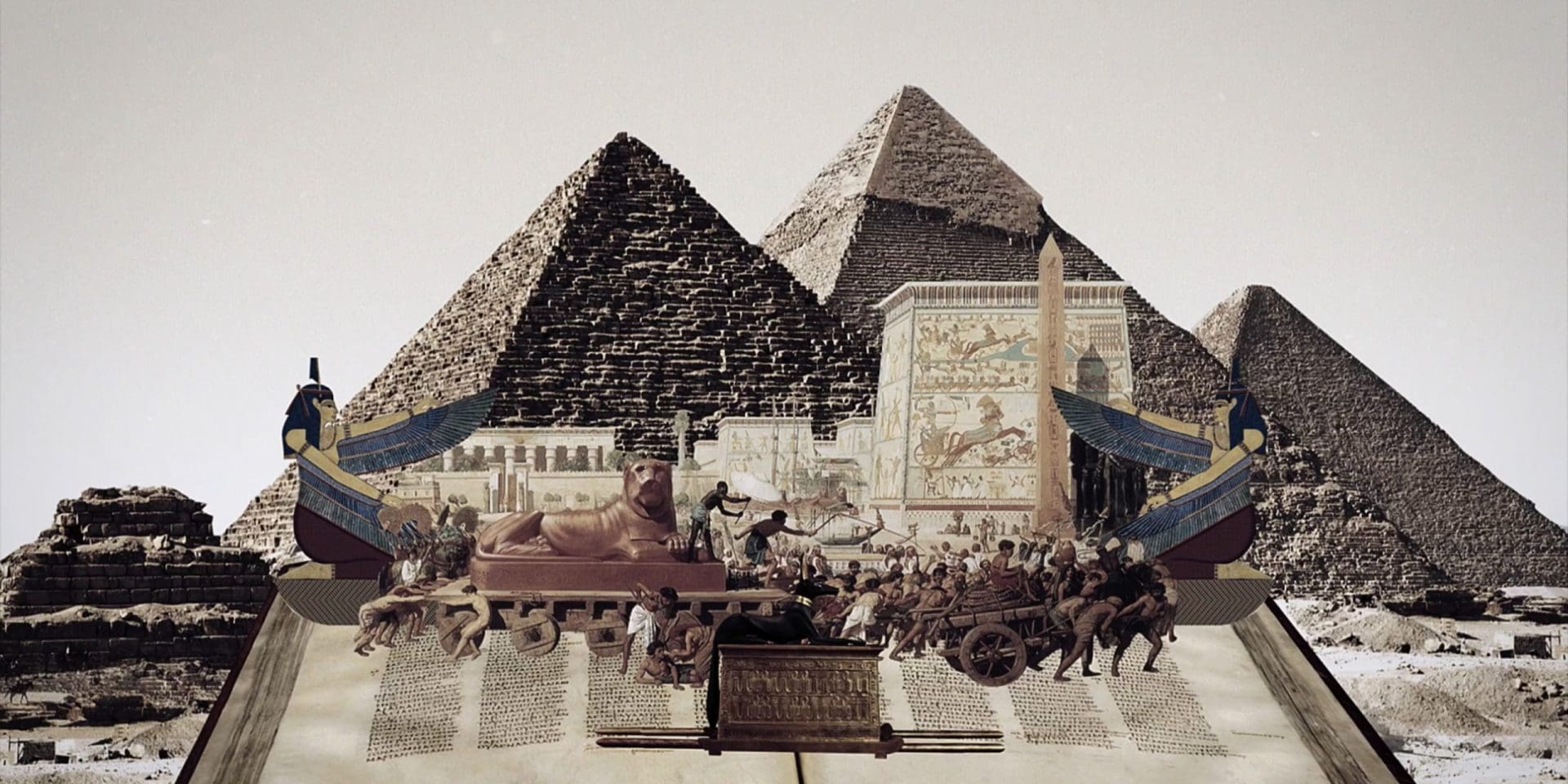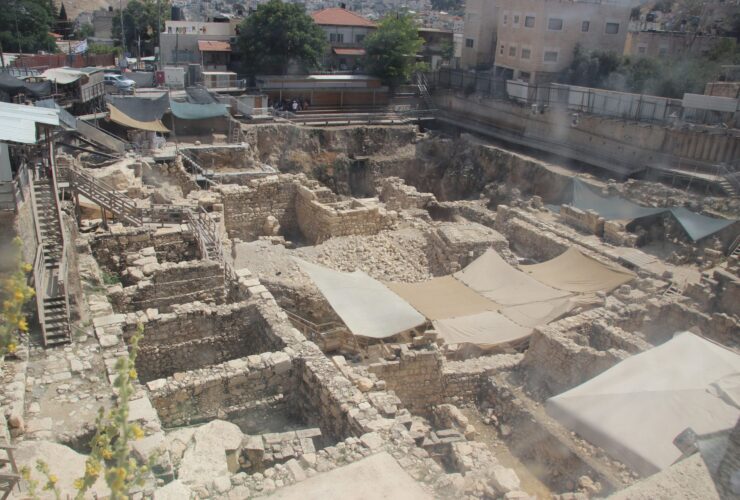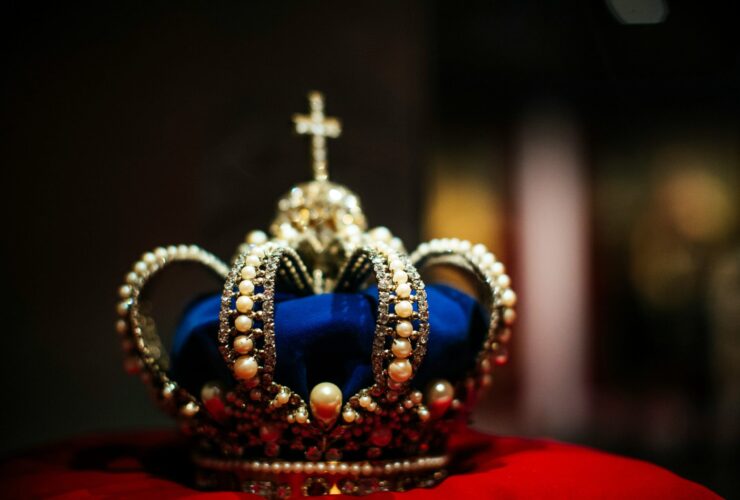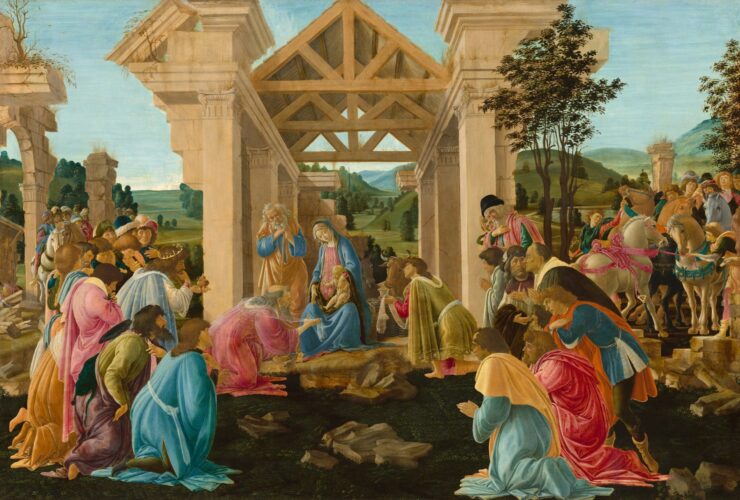At Sinai, God gave instructions to Moses and the Israelites on how to build the Tent Tabernacle as a sacred space. Within the Tabernacle there was to be an even more sacred space, the holy of holies, that would contain a gold covered box: the Ark of the Covenant. To understand what God was communicating to his new people, it is necessary to look at their culture at the time, that of Egypt’s New Kingdom. When we do, we discover that Egypt had many parallels to the Ark. The Bible does not call the Ark of the Covenant the same as the Ark of Noah or the Ark basket of baby Moses, it instead uses a word that means coffer, chest, or coffin (Aron).[1] In Egypt, a coffin wasn’t just a place to inter a dead body. It acted like a substitute body for the spirit of the deceased. A place that they could return to.
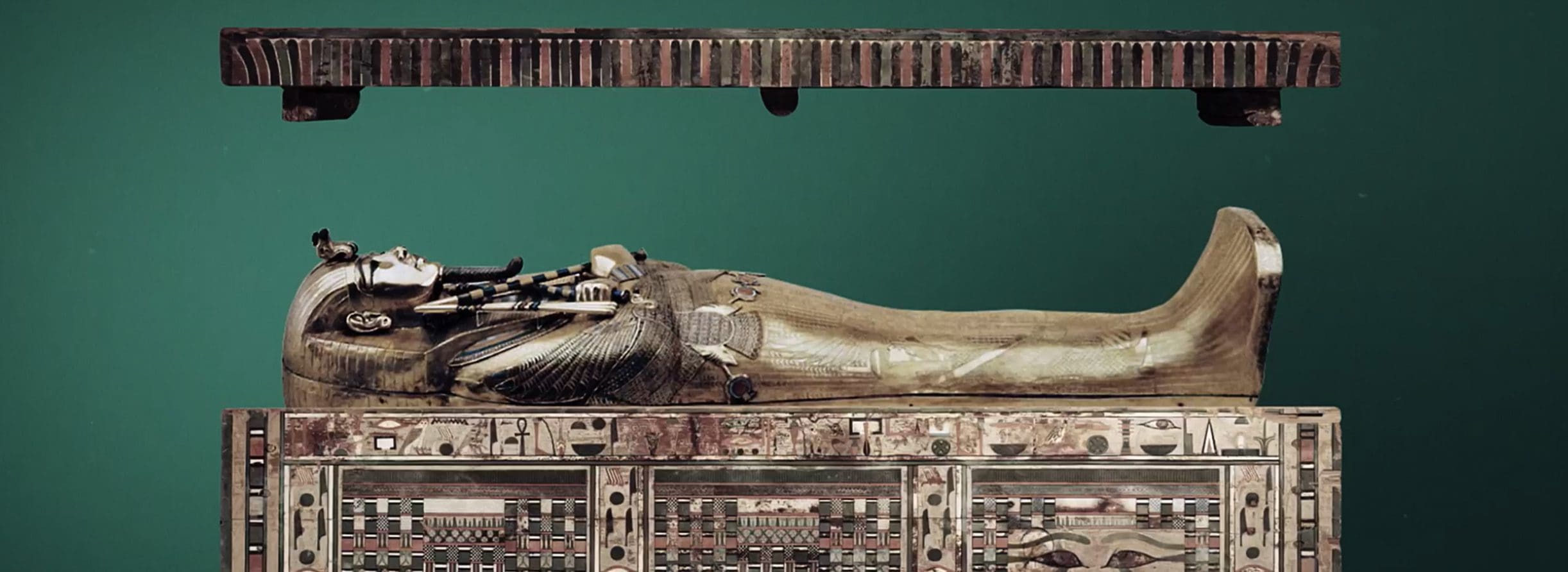
There are Egyptian boxes (pega) that were ceremonially wrapped in a red cloth just like the Ark was (Numbers 4:8). And with the discovery of the undisturbed tomb of King Tutankhamen (1370-52BC), a perfectly preserved Anubis chest was revealed. Anubis chests carried the organs of the deceased in the funeral procession to the tomb. It was a wooden box, covered with gold inside and outside like the Ark, it was carried by poles attached to its bottom, its lid was referred to as the mercy seat, and a statue of Anubis sat proudly on top. All features of the Ark of the Covenant, except for the idol. Rather than an idol, the Ark of the Covenant had two protective Cherubim, angelic beings, with outstretched wings that met together over the mercy seat. From between the Cherubim, God’s presence would meet with Israel. Protective winged creatures also created sacred space in ancient Egypt, there are multiple examples of the Egyptian winged goddesses, protectors of the divine, with outstretched wings whose tips touch.
So, what does all of this mean? Mainly, that God was using cultural imagery familiar to the Israelites to speak with them. Rather than being just another one of Egypt’s gods, God was above all. Sacred, as represented by the boxes, the tabernacle structure, and the winged Cherubim. Present to speak with Israel as represented by the mercy seat, and greater than any image, there was no idol representation of God.
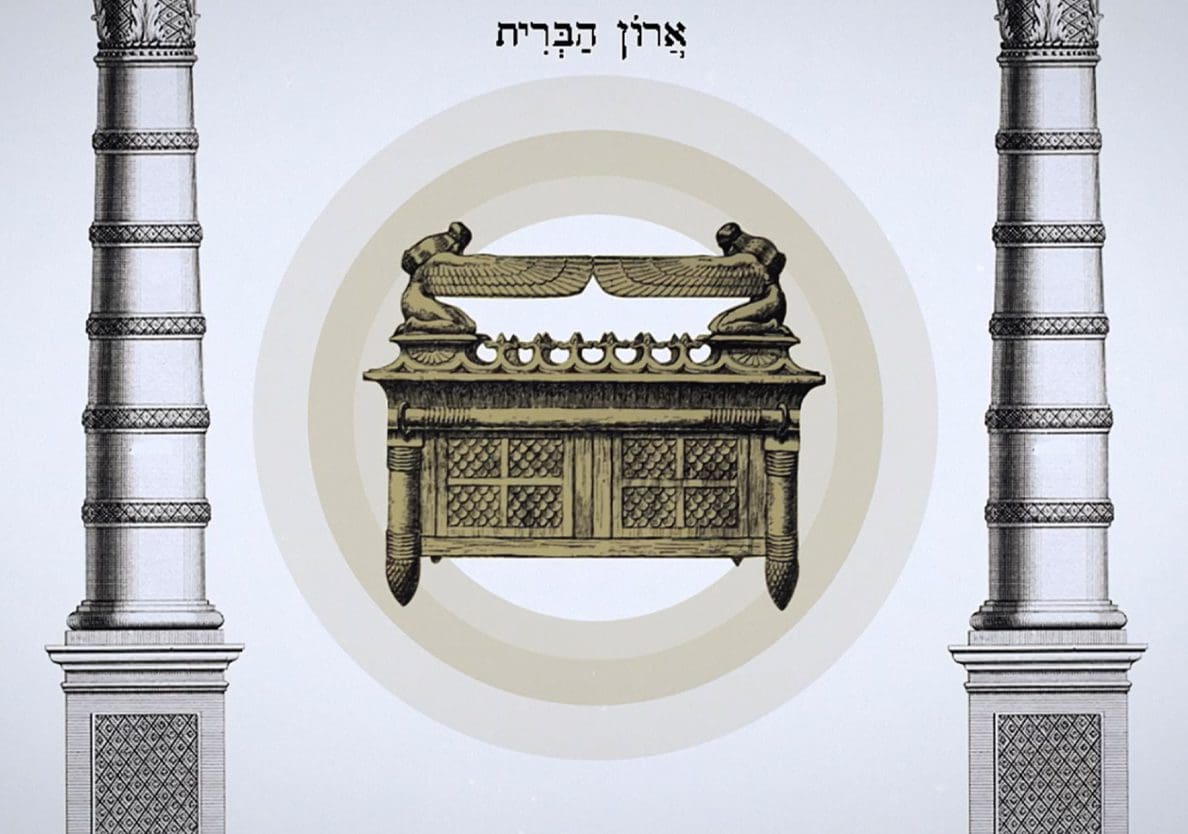
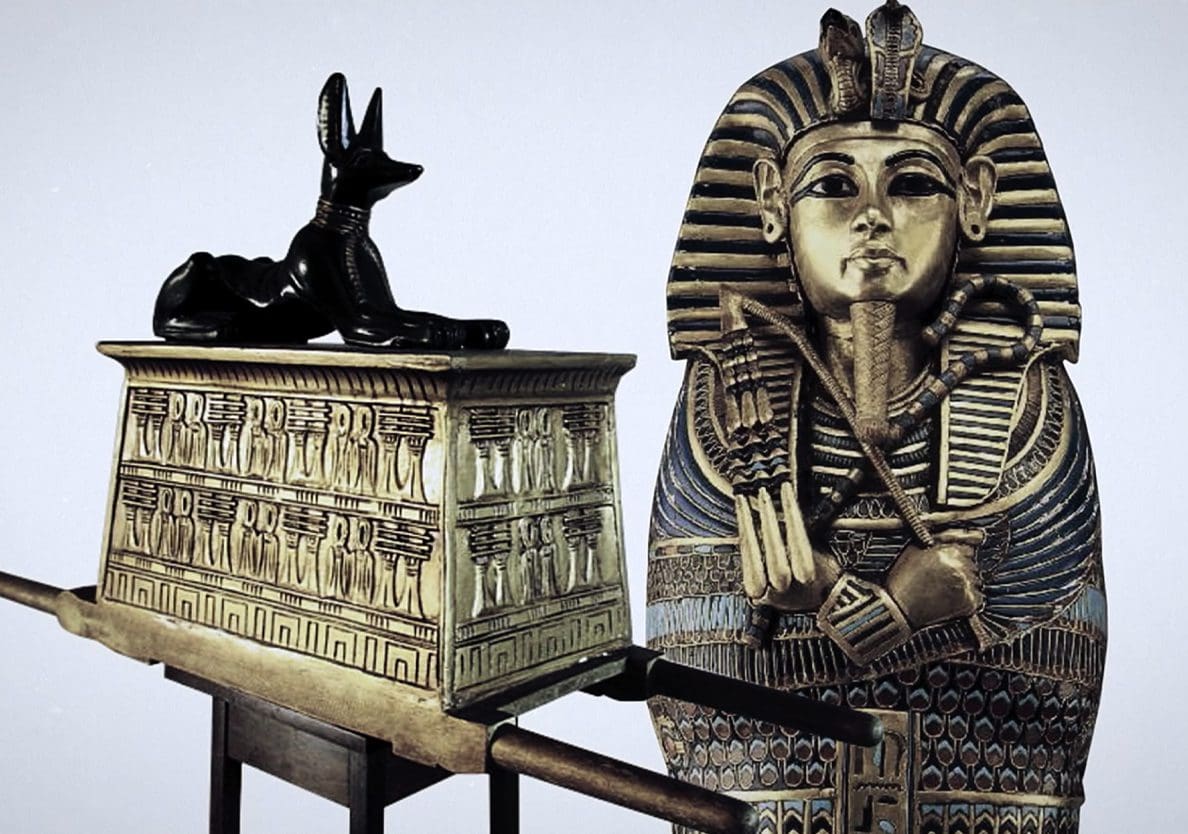
The Ark was also a type of reliquary, a place to put sacred things. Inside the Ark at first, were the tablets of the Law given to Moses on Sinai and represented by the ten commandments. These tablets were likely flakes of stone that measured around the same size of one-man’s or two-man’s hands, they needed to fit within the Ark. Placing them inside the Ark corresponds with the Near Eastern practice of placing a treaty at the feet of the chief god of the people. The Bible tells us that the Ark was also known as the footstool of God (1 Chronicles 28:2).
These comparative studies show us that God chose to use imagery that already symbolized issues of the divine to the Israelites, but He rearranged it to reveal Himself. He didn’t expect them to use His language right away, instead He spoke to them in theirs.

Corie Bobechko is a daily co-host, speaker, and writer of Bible Discovery. She also hosts a YouTube channel that shows how history and archaeology prove the Bible. Her heart for seekers and skeptics has led her to seek truth and share it with others. Corie also has a Bachelor of Theology from Canada Christian College.
[1] Falk, 2021.



